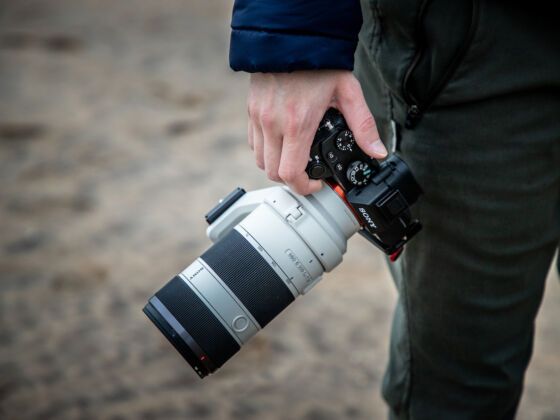THE NICE THING about selling photography is that anyone can do it – you are not dependent upon physical ability, age, or background. It’s all about attitude, effort, and outlook.
Presenting Your Portfolio
Step 1. Organize Your Photos
The easiest way to store and share your photos is with an online photo album site. There are many to choose from, and your choice of site would depend upon your application. Here are two examples: Flickr and Smugmug.
